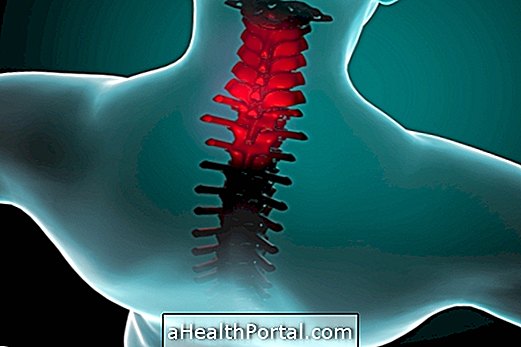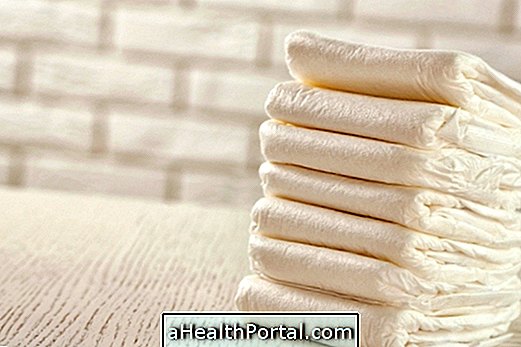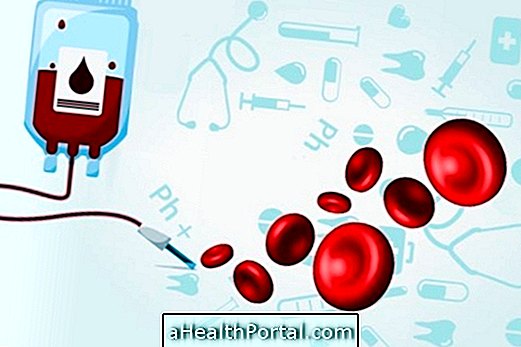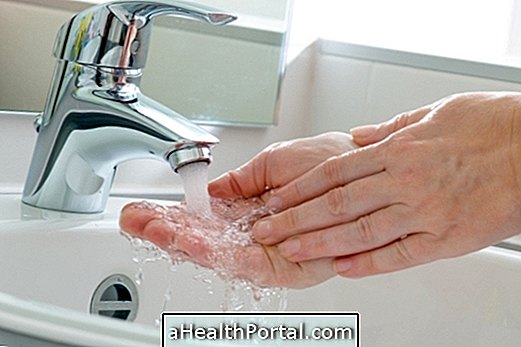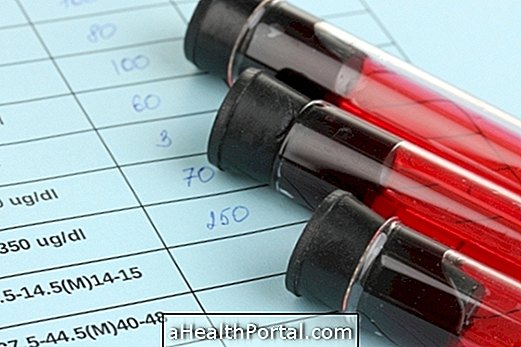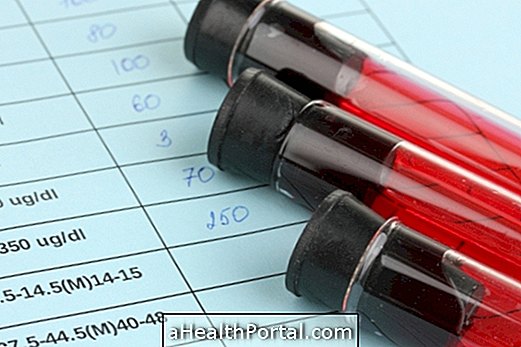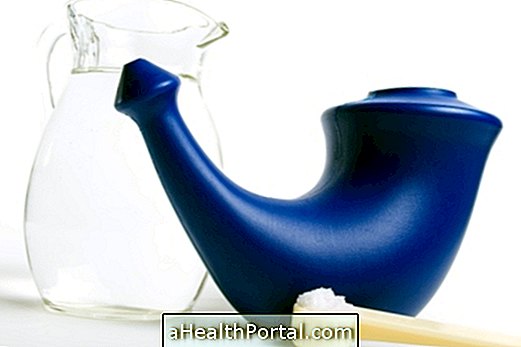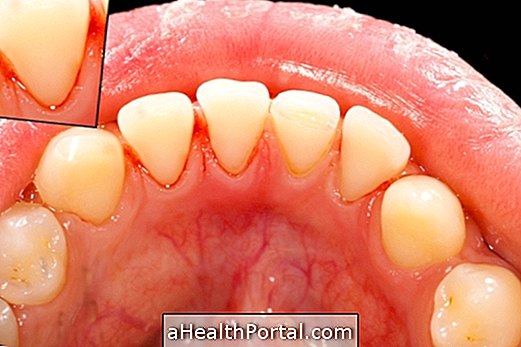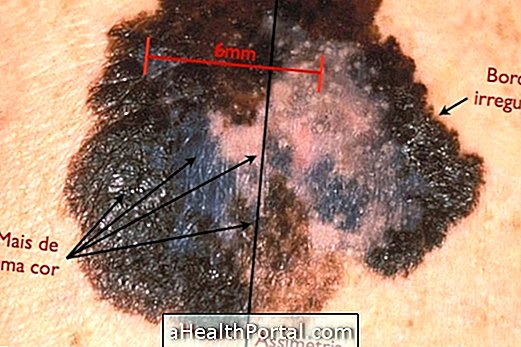Polycystic kidney disease is a hereditary disease in which multiple cysts of different sizes grow within the kidneys, causing them to grow larger and change their shape. In addition, when the number of cysts is very high, the kidney may begin to have more difficulty functioning, resulting in kidney failure.
In addition to affecting the kidneys, this disease also increases the risk of developing cysts in other parts of the body, especially in the liver. See which signs may indicate a cyst in the liver.
Although the presence of several cysts in the kidney can have serious complications, in almost all cases it is possible to do the treatment, which involves changes in daily habits, to alleviate symptoms and avoid complications.
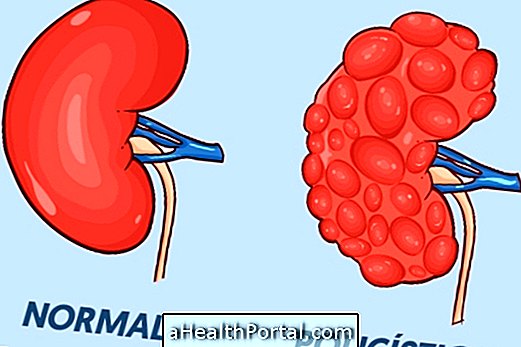
Main symptoms
In many cases, the polycystic kidney may not cause any type of symptom, especially in the early years when the cysts are not yet small. However, as they arise and increase in size, the cysts can cause symptoms such as:
- High blood pressure;
- Constant pain in the lower back;
- Constant headache;
- Abdominal swelling;
- Presence of blood in the urine.
In addition, people with polycystic kidney disease also have more frequent urinary and renal infections, as well as a greater tendency to have kidney stones.
If 2 or more of these symptoms occur, it is very important to consult a nephrologist to evaluate the functioning of the kidneys, since even if it is not a polycystic kidney, it may indicate an incorrect functioning of the organ.
How to confirm the diagnosis
In order to confirm the diagnosis, the nephrologist usually asks for tests such as renal ultrasound, CT or MRI, not only to identify the presence of the cysts, but also to calculate the amount of healthy tissue.
Possible causes
Polycystic kidney disease is caused by a change in the genes, which causes the kidney to produce the wrong tissue, resulting in cysts. Thus, it is very common that there are several cases of the disease in the family, being able to pass from parents to children.
Although it is very rare, the genetic alteration can also happen completely spontaneously and randomly, unrelated to the passage from the parents to the children.
How is the treatment done?
There is no form of treatment that can cure the polycystic ovary; however, it is possible to relieve symptoms and avoid complications. Thus, some of the most commonly used treatments include:
- High blood pressure medicines, such as Captopril or Lisinopril: are used when blood pressure does not decrease and help prevent injury to healthy kidney tissue;
- Anti-inflammatories and analgesics such as Acetominofen or Ibuprofen: they allow to relieve the pain caused by the presence of the cysts in the kidney;
- Antibiotics, such as Amoxicillin or Ciprofloxacin, are used when there is a urinary or renal infection to prevent new kidney lesions.
In addition to the remedies, it is still very important to make some changes in lifestyle, especially in food, since it is recommended to avoid foods with too much salt or too much fat. Check out how the diet should be to protect the kidney.
In more severe cases, where the cysts are very large and the symptoms can not be controlled with the medication, the doctor may advise to do surgery, to try to remove some of the affected tissue from the kidneys, for example.
Possible Complications
The presence of cysts in the kidney can have several complications, especially when the treatment is not done properly. Some include:
- High blood pressure;
- Renal insufficiency;
- Growth of cysts in the liver;
- Development of cerebral aneurysm;
- Changes in heart valves.
In addition, in women, polycystic kidney disease can also cause preeclampsia during pregnancy, putting the baby and the pregnant woman at risk. Learn more about what pre-eclampsia is.
